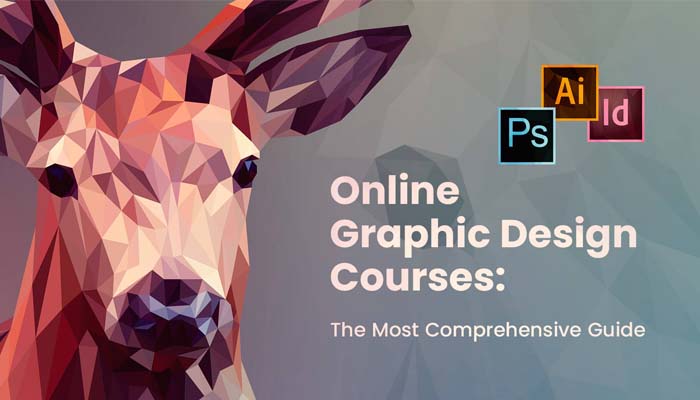
Graphic design is a dynamic and creative field that plays a crucial role in various industries, from advertising and marketing to web development and multimedia production. As businesses increasingly recognize the importance of visual communication, the demand for skilled graphic designers continues to grow. For those interested in pursuing a career in graphic design or enhancing their existing skills, online courses offer a flexible and accessible way to learn. These courses cater to beginners and professionals alike, providing the knowledge and tools necessary to create visually compelling designs. This article explores the key components of graphic design online courses, highlighting the essential topics and skills you can expect to learn.
1. Introduction to Graphic Design
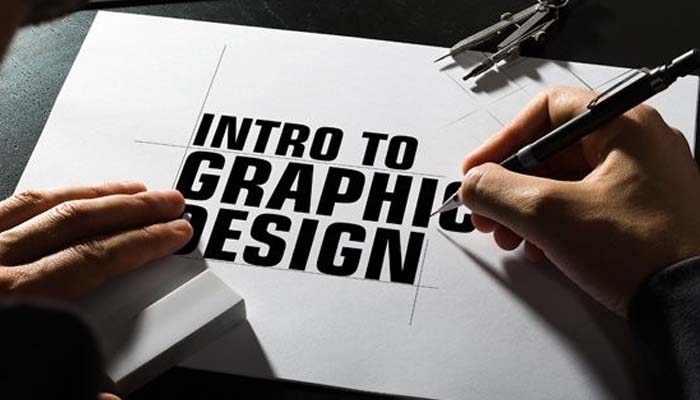
The first step in any graphic design course is to introduce students to the fundamentals of graphic design. This includes understanding the principles of design, such as balance, contrast, alignment, and hierarchy. You’ll also learn about the elements of design, including color, typography, imagery, and composition. An introduction to graphic design will provide a solid foundation, helping you understand how these elements and principles work together to create effective and aesthetically pleasing designs. This foundational knowledge is crucial for any aspiring graphic designer, as it sets the stage for more advanced learning.
2. Understanding Design Software
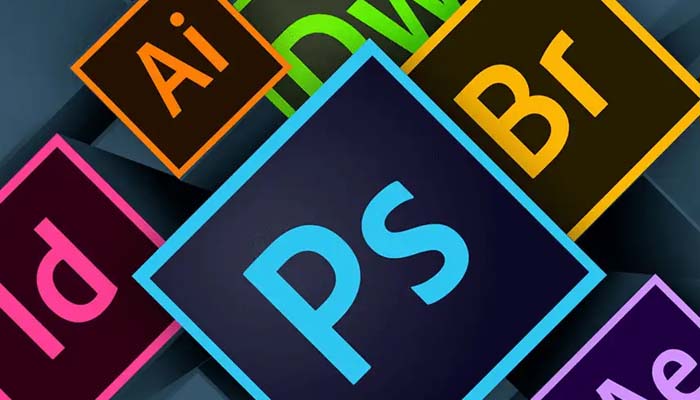
Graphic design heavily relies on digital tools, and mastering design software is a key component of any graphic design course. Popular software programs like Adobe Photoshop, Illustrator, and InDesign are industry standards, and you’ll learn how to use these tools to create and manipulate designs. Courses will typically include tutorials on essential functions, such as image editing, vector graphics creation, and layout design. Understanding design software is critical, as it enables you to bring your creative ideas to life and produce professional-quality work.
3. Typography and Layout Design
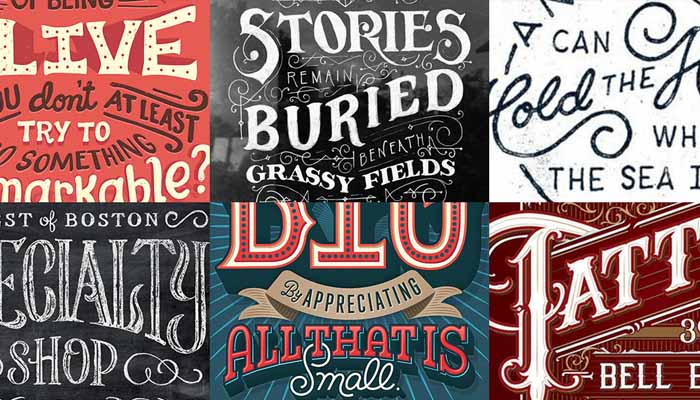
Typography and layout are essential aspects of graphic design, as they play a significant role in how information is presented and perceived. In this section of the course, you’ll learn about the art of selecting and arranging type to make written language legible, readable, and visually appealing. You’ll explore different typefaces, font families, and the principles of typography. Additionally, you’ll learn how to create effective layouts that guide the viewer’s eye through a design, whether it’s for print media, websites, or digital platforms. Mastering typography and layout design is crucial for creating cohesive and impactful designs.
4. Color Theory and Application

Color is a powerful tool in graphic design, capable of evoking emotions, conveying messages, and creating visual interest. A comprehensive graphic design course will teach you the basics of color theory, including the color wheel, color relationships, and the psychological impact of colors. You’ll learn how to choose and apply color schemes that enhance your designs and communicate your intended message. Understanding color theory and application is essential for creating visually harmonious designs that resonate with your audience.
5. Branding and Identity Design
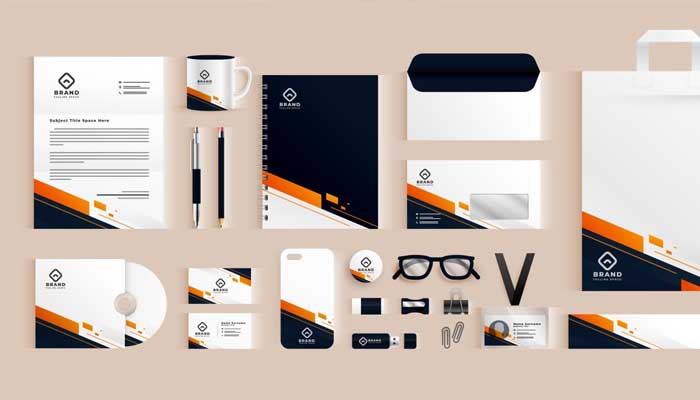
Branding and identity design are key components of graphic design, especially for those interested in working in advertising or marketing. This section of the course will teach you how to create visual identities that effectively represent a brand’s values, mission, and personality. You’ll learn about logo design, brand guidelines, and the importance of consistency in branding. By understanding branding and identity design, you can help businesses establish a strong and memorable presence in the market.
6. Web and User Interface Design
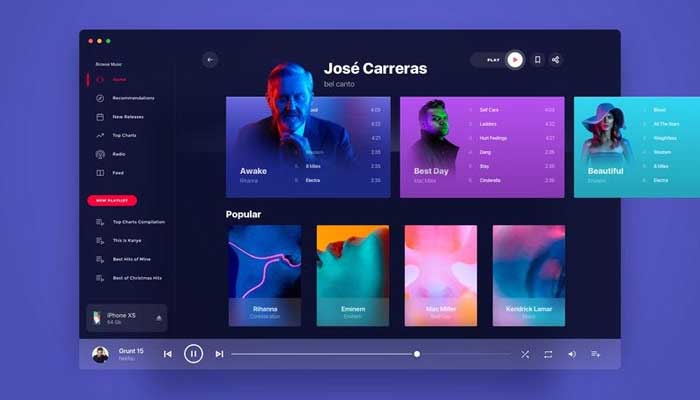
With the rise of digital media, web and user interface (UI) design have become integral parts of graphic design. In this part of the course, you’ll learn how to create visually appealing and user-friendly websites and digital interfaces. You’ll explore the principles of responsive design, wireframing, and prototyping, as well as best practices for ensuring a seamless user experience (UX). Understanding web and UI design is crucial for graphic designers who want to work in the digital space and create engaging online experiences.
7. Illustration and Digital Art

Illustration and digital art are creative aspects of graphic design that allow designers to express their artistic vision. In this section of the course, you’ll learn about different illustration techniques, from traditional hand-drawn methods to digital painting using design software. You’ll explore how to create original artwork, develop your style, and incorporate illustrations into your design projects. Mastering illustration and digital art adds a unique and personal touch to your designs, making them stand out in a crowded market.
8. Portfolio Development

Building a strong portfolio is essential for showcasing your skills and attracting potential clients or employers. A graphic design course will guide you through the process of developing a professional portfolio that highlights your best work. You’ll learn how to select and present your projects, create case studies, and tailor your portfolio to specific job opportunities. A well-crafted portfolio is a powerful tool for demonstrating your design abilities and securing job offers or freelance work in the competitive graphic design industry.
Conclusion
Graphic design online courses offer a comprehensive education in the principles, tools, and techniques needed to succeed in the field of graphic design. From understanding design fundamentals and mastering software to exploring advanced topics like branding, web design, and digital art, these courses provide the knowledge and skills necessary to create impactful designs. Whether you’re a beginner looking to enter the world of graphic design or a professional seeking to enhance your skills, online courses offer the flexibility and resources to achieve your goals. By investing in your education and building a strong portfolio, you can open the door to a rewarding and creative career in graphic design.
